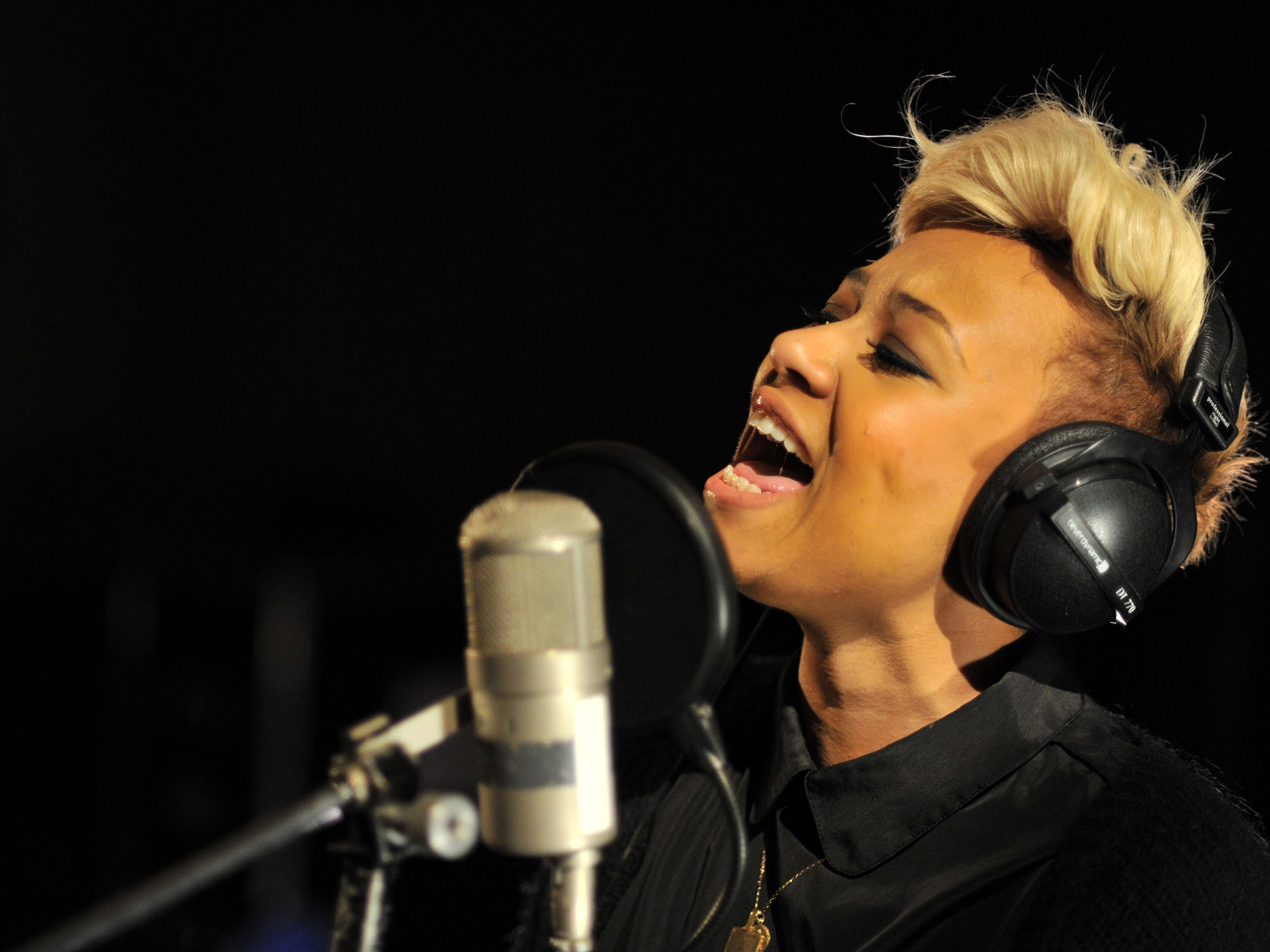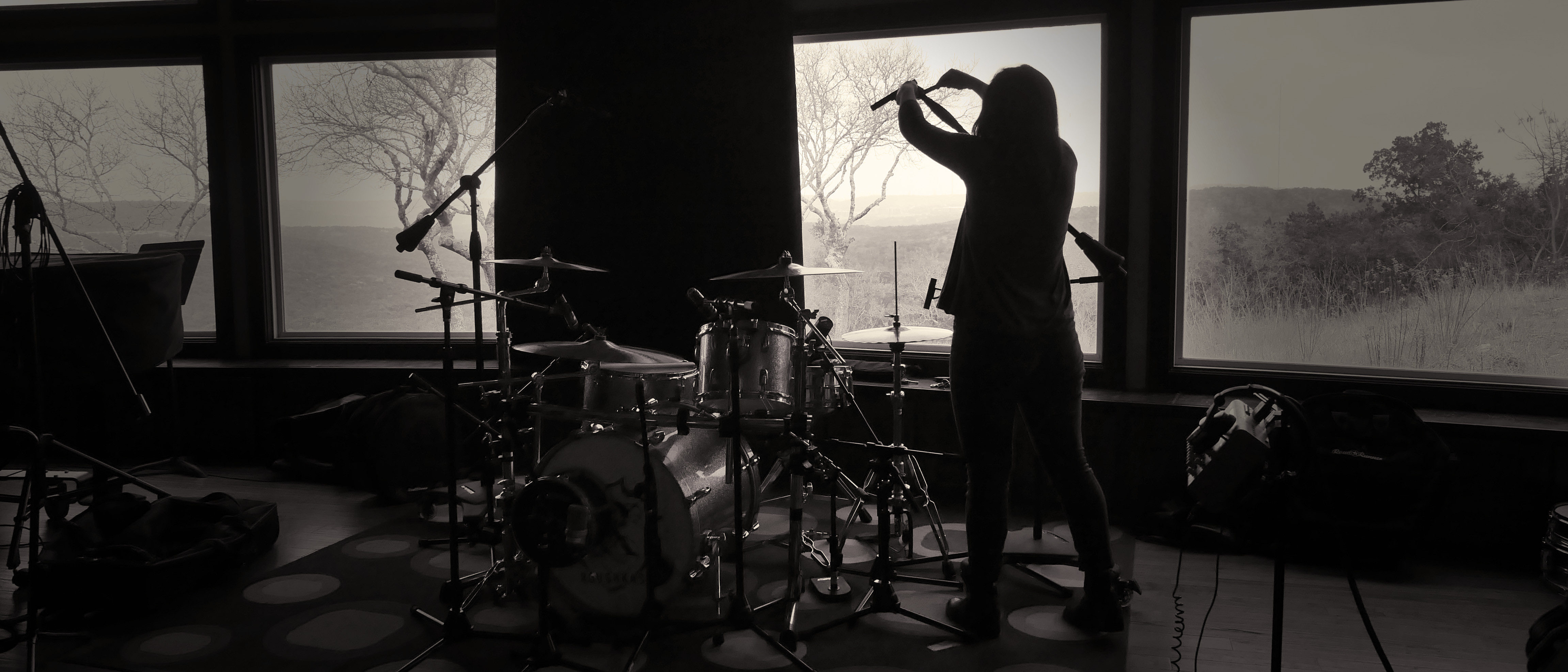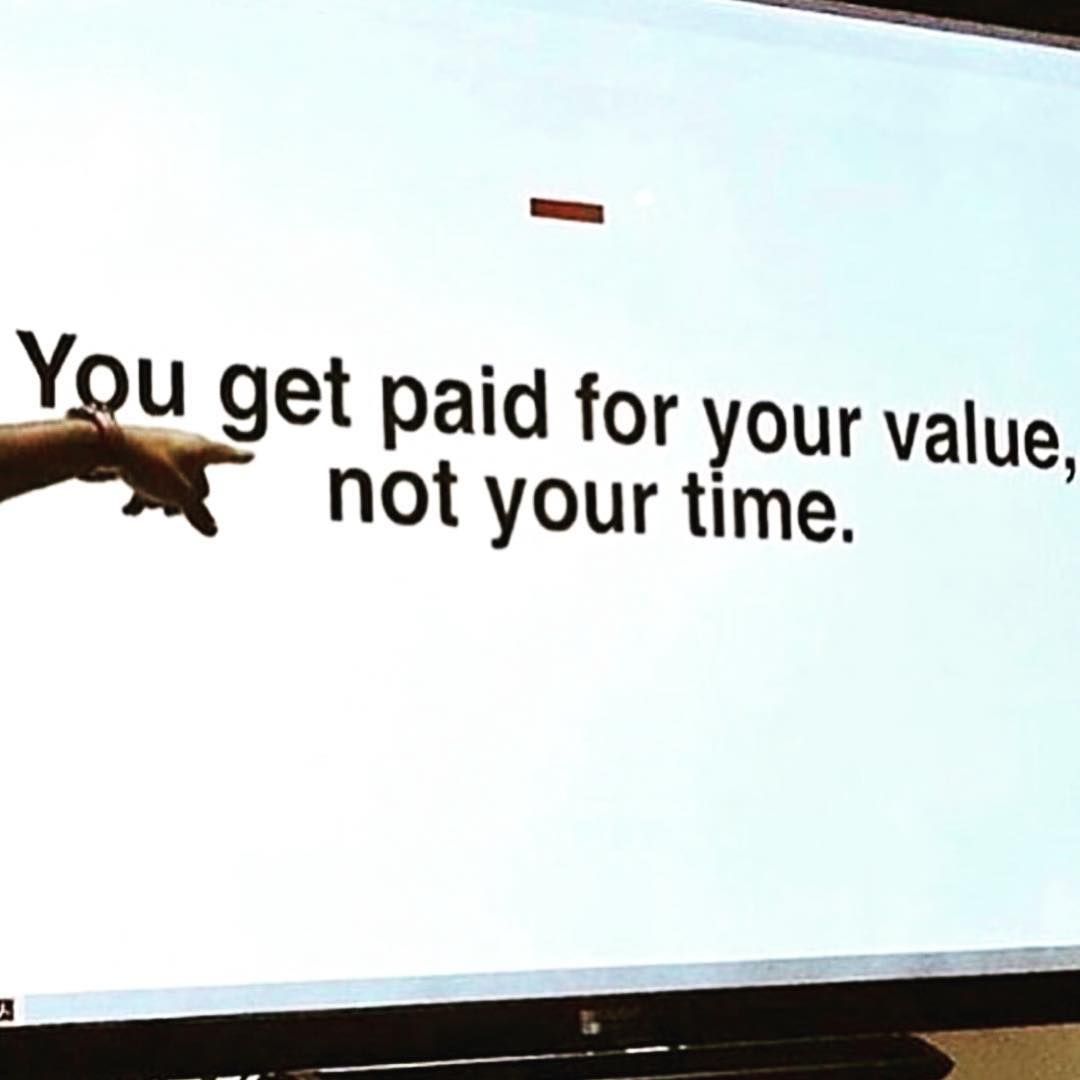
Recording a Four Piece Band – Vocals
For this month’s blog, we are going to finish recording our awesome 4-piece band, with vocals! I love recording vocals. Probably because I am a singer first before anything else, I find it interesting how there are so many ways you can make a vocal sound.
Let’s say the song we’ve been tracking with our band is a pop/rock song. I’ll go over what I’d do differently for a male and female vocal in this scenario. I wouldn’t do anything different between the two singers until we start EQ’ing. When we get there, I’ll specify what I’d do differently. To start, let’s pick a mic. For vocals, it’s usually smart to do a mic “shootout” if you have the time. A mic “shootout” is when you line up 3 (or more) different microphones, and you have the singer sing into each of them the same part of the same song into each mic. Record a snippet of each vocal on each mic. Listen back, and decide which one sounded best for that vocalist. We do this because every voice if different. Sure, you can have a favorite or a “go-to” when you’re running low on time- but I suggest if you have the time and the mic selection to do a shootout, do it. You never know, you could capture some magic with a microphone that you never would’ve thought to use before!
Since we can’t actually do a mic shootout, let’s just do a theoretical one. Let’s say we used a CM7 (Wunder), Neumann U67, and a Sony C-800G. Each of these mics are known for their specific sound. Also, another thing to note is that all of these mics are tube mics. Now, for our female and male singer- to avoid this blog being two pages long, we will decide to pick the same microphone for both of them. I think the microphone that would work for both a female and male vocalist without too many differences is the Sony.
Now that we’ve picked a mic let’s go over placement. First off, don’t ever forget your pop filter. The pop filter will catch those harsh P’s and some S’s. Paired with a good compressor, those P’s and S’s shouldn’t be a problem if you have a pop filter. How far does the singer stand away from the mic, you ask? A couple of inches back should be fine. Now for mic placement. You never want the singer singing UP into the mic. You want to place the mic in line with their lips, and then SLIGHTLY below. This is so you can capture the top end and low end of their voice.
The signal chain I like to use for vocals is usually a Voxbox for the pre-amp, followed by an EQ (if there is an EQ on the pre I am using, I’ll use that), and then slight compression either from the ELOP, or the CL1B. I’ve had great success with both of these compressors. Regarding the pre-amps, if I’m not using the Voxbox- I am probably going to be using some sort of Neve pre. Let’s say we are using the Voxbox as the pre and the ELOP as the compressor. Now what I would do differently between a male and female vocal is simple, but I still want to point it out. For a male vocalist, I would boost extra in the 1k-3k area and take out around 150 if his voice is a little boomy. I do like to do the typical, boost a little at 200 and 2k though. It usually evens out nicely. He is using the Sony, which is a very bright, and “polished” mic if I had to describe it. For a female vocalist, I would take out a little in the 1k-2k if it sounds a bit harsh, but if not I’ll leave the top end where it is. Boost around 3k if need be. I like to boost around 200 for a female vocalist, to round out the sound. Again, since we are using the Sony, we shouldn’t have to boost TOO much in the top end.
After EQ, I compress. I compress either (like I said earlier), with an ELOP, or the CL1B. Both compressors are amazing. In this scenario, we are using the ELOP. I don’t compress too heavily during tracking unless our goal is to have an apparent compressed vocal, or maybe if we are layering and wanted that sound underneath the main vocal. Since I’m not compressing heavily, I set my threshold at -2db, Ratio at 4:1, Attack can be a little fast because you can catch some of those P’s and S’s that way, Release- quick (I know that isn’t specific, but I want you to use your discretion because every vocal is different), and gain you would want to adjust so it can match your input level.
A couple of tips/tricks for getting a great vocal that aren’t technical.
- Setting. Make sure your singer is comfortable. If they want the lights low, set them low. If they don’t want anyone in the room other than the engineer and producer, do that. You want the singer to feel comfortable enough to take chances vocally, and dig down into themselves and feel the raw emotion of what they’ve written, so it comes through the speakers.
- Always have water, and tea available for the singer
- This one is technical. Learn how to use melodyne. Melodyne is going to be your best friend. Some people are opposed to it, but even so- if there are a couple of tiny things off, you can snap it into place, and it still sounds natural. It’s an excellent tool to know how to use, and have.
Below is the finished mic sheet from our 4-piece band recording session.
| Instrument | Mic | Wall Input | Pre-amp | Compressor | Eq | Pro-Tools Input |
| Kick In | D112 | 1 | API 1 | DBX | 1 | |
| Kick Out | Fet47 | 2 | API 2 | 2 | ||
| Snare T | Sm57 | 3 | API 3 | Chandler Little Devil | 3 | |
| Snare B | Km84 | 4 | API 4 | 4 | ||
| Rack Tom | V421 | 5 | Vintech 1 | 5 | ||
| Floor Tom | V421 | 6 | Vintech 2 | 6 | ||
| H.H | SM7B | 7 | TubeTech 1 | 7 | ||
| O.H Hat | Coles | 8 | Gamma 1 (shadow hills) | 8 | ||
| O.H Ride | Coles | 9 | Gamma 2 (shadow hills) | 9 | ||
| Room L | Royer 121 | 10 | UA 610 | Distressor | 10 | |
| Room R | Royer 121 | 11 | UA 610 | Distressor | 11 | |
| Bass DI | J48 DI | 12 | Voxbox | 12 | ||
| Elec Dynamic | SM57 | 13 | Gamma 1 (shadow hills) | 13 | ||
| Elec Ribbon | Royer 121 | 14 | Neve 1073 | 14 | ||
| Vox | Sony | 15 | Voxbox | ELOP | Voxbox Eq | 15 |
Alright, SoundGirls! That concludes our 4-piece recording session. I hope this gave you a couple of new ideas for recording that you may not have done before. If you use any of these techniques- email me! I’d love to hear about your results. My email is virginia@backbeat365.com. See you next month! 🙂



